Discovering different cooking techniques is a fascinating journey that can significantly enrich your culinary experience. Whether you're an aspiring hobbyist cook striving for perfection in food preparation or an aspiring chef looking for new ways to impress your guests, being familiar with a wide range of cooking methods is crucial. Get ready to discover new flavors and techniques that will change the way you cook!
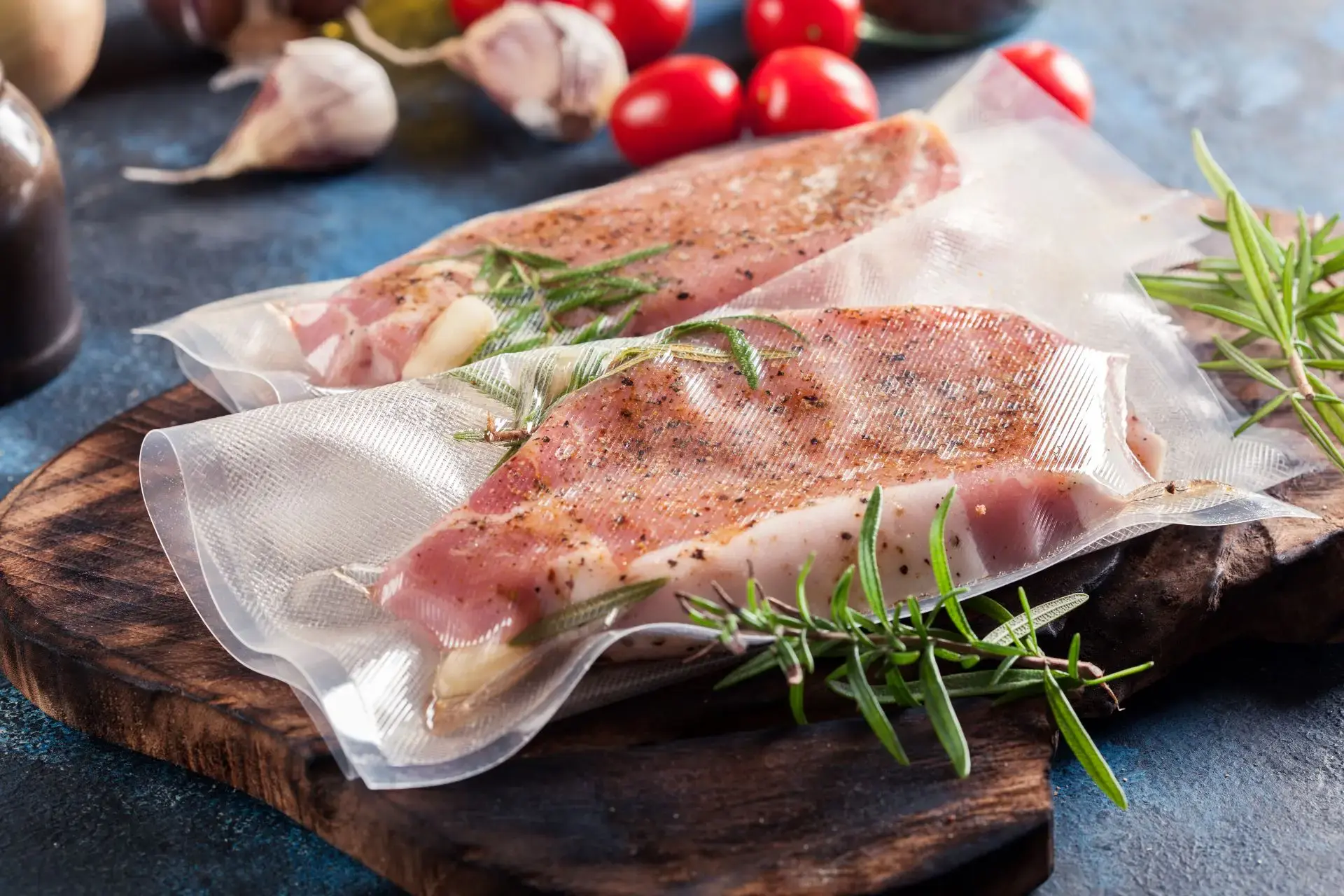
Discovering different cooking techniques is a fascinating journey that can significantly enrich your culinary experience. Whether you’re an aspiring hobbyist cook striving for perfection in food preparation or an aspiring chef looking for new ways to impress your guests, being familiar with a wide range of cooking methods is crucial. Get ready to discover new flavors and techniques that will change the way you cook!
Basic cooking techniques
Basic cooking techniques are the foundation for anyone who wants to feel confident in the kitchen. By learning these methods, you can prepare various dishes, from simple snacks to complex dinners. Here’s an overview of the most important techniques every cook should know.
Steam cooking
Steam cooking is a gentle method of food preparation that allows you to preserve the maximum flavor, color, and nutritional value of prepared products. A special device called a steamer is used for this purpose, although, at home, you can successfully use a sieve placed over a pot of boiling water. This is an ideal method for vegetables, fish, and even some meats.
Cooking in water
This technique is a staple of cuisines around the world and involves cooking ingredients while immersed in water or another liquid such as broth or wine. It can be used to prepare soups, pasta, and groats, as well as cooking vegetables and meat. The key to success is to control the temperature and cooking time so that the ingredients are soft but not overcooked.
Stewing
Stewing is a culinary technique that involves cooking ingredients slowly, usually meat or vegetables, in a small amount of liquid at a low temperature. The liquid can be water, broth, wine, or a combination of different liquids that add flavor to the dish. Stewing takes place in a tightly closed vessel, such as a heavy pot or pot with a lid. Thanks to this, the ingredients are cooked evenly and preserve moisture, aromas, and nutrients inside the dish.
Blanching
Blanching is the short-term cooking of products in boiling water, followed by rapid cooling in cold water. This method is often used to preserve the color, taste, and nutritional value of products. Blanching can also make peeling tomatoes or peaches easier.
-
Induction Pot 14 L 109.00 €
-
Induction Pot 48 L
-
Induction Pot 59 L
129.00 €119.00 €
Fat-based cooking methods
Cooking with fat is a series of techniques that enrich the taste of dishes, adding depth and crunchiness. Fats, such as oil, butter, or lard, not only conduct heat but also add flavor and can affect the texture of dishes. Here are some basic fat-based cooking techniques every cook should know.
Pan frying (Sauté)
Frying in a pan with a little fat, also known as sauté, is a quick method that gives ingredients a golden color and deep flavor thanks to the Maillard reaction. It is ideal for preparing vegetables, pieces of meat, or fish. The key is to maintain a high temperature and stir frequently to ensure even browning.
Deep frying
Deep frying involves completely immersing the product in hot fat. This technique is used to achieve a crispy exterior while keeping the interior juicy. Perfect for fries, chicken, and fish, as well as various snacks such as croquettes and donuts. It is important to control the temperature of the fat to prevent the food from burning and to maintain optimal frying conditions.
Baking in the oven using fat
Baking in the oven using fat is a method that combines the advantages of baking with the additional aroma and flavor provided by fat. It can be used for meat, fish, vegetables, and even desserts. Fat not only transfers heat, but also prevents food from drying out and helps create an appetizing, golden crust.
Deglazing
Deglazing is a technique in which you baste fried meats or vegetables with a liquid, such as wine, broth, water, or cream. It aims to recover the taste and aroma that remained in the pan after frying. This is a great way to enhance the taste of dishes and give them an exquisite character.
Advanced food preparation techniques
Mastering these cooking methods takes time and practice, but their use in the kitchen will undoubtedly elevate any dish, adding depth of flavor and visual appeal.
Poaching
Poaching is the gentle cooking of ingredients in a liquid, most often broth or water, which is kept just below the boiling point. This is an ideal method for preparing delicate ingredients such as eggs or fish, allowing you to achieve a velvety texture without the risk of overcooking.
Flambéing
This is not only a spectacular way to end the preparation of a dish, but also a method of enriching the flavor by adding alcohol and igniting it later. This technique requires caution: use high-proof alcohol and have a lid at hand, so that you can quickly extinguish the flame. The visual effect of flambéing is impressive, and the taste of the dishes is unforgettable.
Sous-vide
The sous-vide method is a technique that involves the long cooking of ingredients closed in airtight plastic bags at a low temperature. Unlike traditional cooking methods, sous-vide allows for even cooking throughout, meaning the entire dish is prepared exactly the way you want it, from the inside out. The sous-vide process requires specialized equipment, usually a sous-vide machine, which keeps the water at a constant, low temperature for long periods of time.
Matching your cooking method to the ingredients
Selecting the appropriate cooking technique for the type of meat, vegetables or other ingredients is crucial to achieving the desired flavor and texture. Below you can find some tips on how to choose the best cooking method depending on what’s on your plate.
Meat
- Tender and lean meats, such as chicken fillets, fish, or tenderloins, taste best when cooked using methods that gently heat them and maintain their juiciness, e.g. steaming or sous-vide cooking.
- Fatty and high connective tissue meats such as ribs or goulash require long, slow cooking at low temperatures, which allows them to become soft, e.g. stewing.
Vegetables
- Delicate vegetables such as asparagus or baby carrots taste best when they are quickly cooked using methods that retain their crunch and vivid colors, such as blanching or quick frying in a pan.
- Hard and root vegetables such as potatoes and beets require longer cooking time. They can be baked, simmered, or sous-vide to make them soft and full of flavor.
The importance of temperature and time
- Low temperatures and long cooking times are ideal for dishes that require softness and delicacy. The sous-vide method is the best here, ensuring even cooking without the risk of drying out.
- High temperature and short cooking time are best for obtaining a crispy crust or caramelization, which enhances the flavor. Techniques such as grilling and high-heat frying are appropriate here.
Think of the final result
- Consider the end result you expect. Do you want your dish to be juicy and tender, or rather crunchy on the outside and full of flavor? The answer to this question will help you choose the best cooking method.
With these tips in mind, it will be easier for you to match your cooking technique to the characteristics of the ingredients you have on hand. For the best culinary results, consider both the ingredient and your desired outcome when choosing a cooking method.
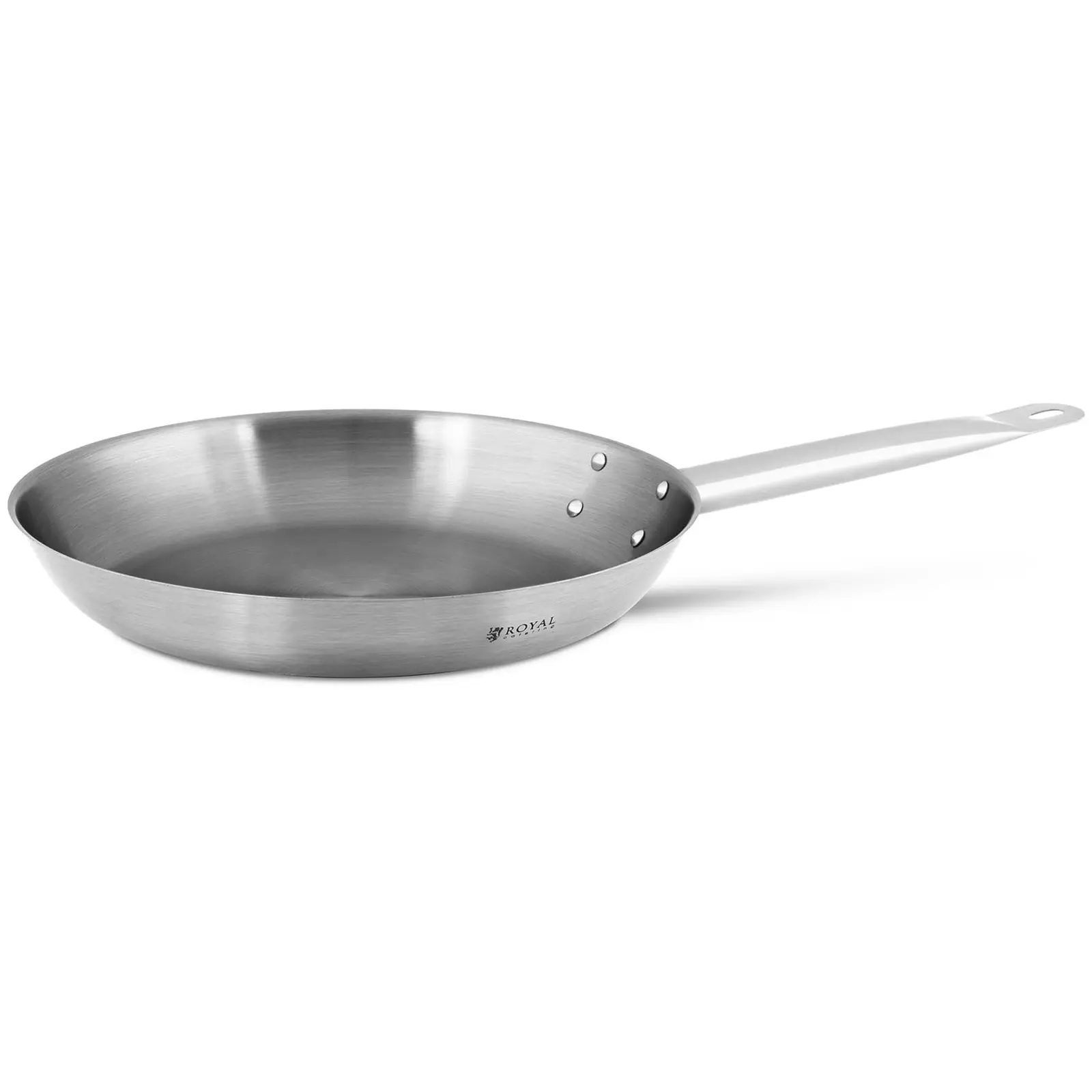
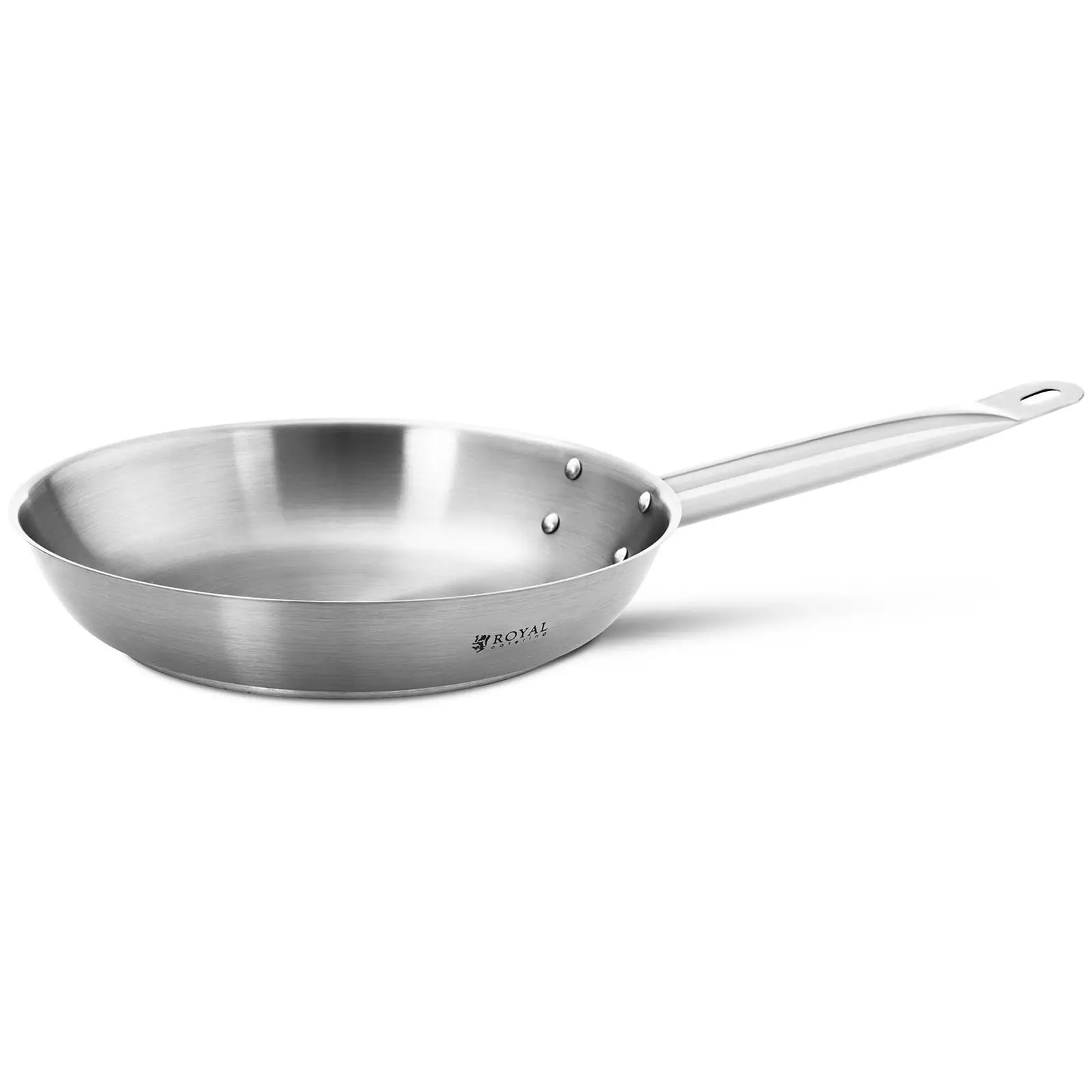
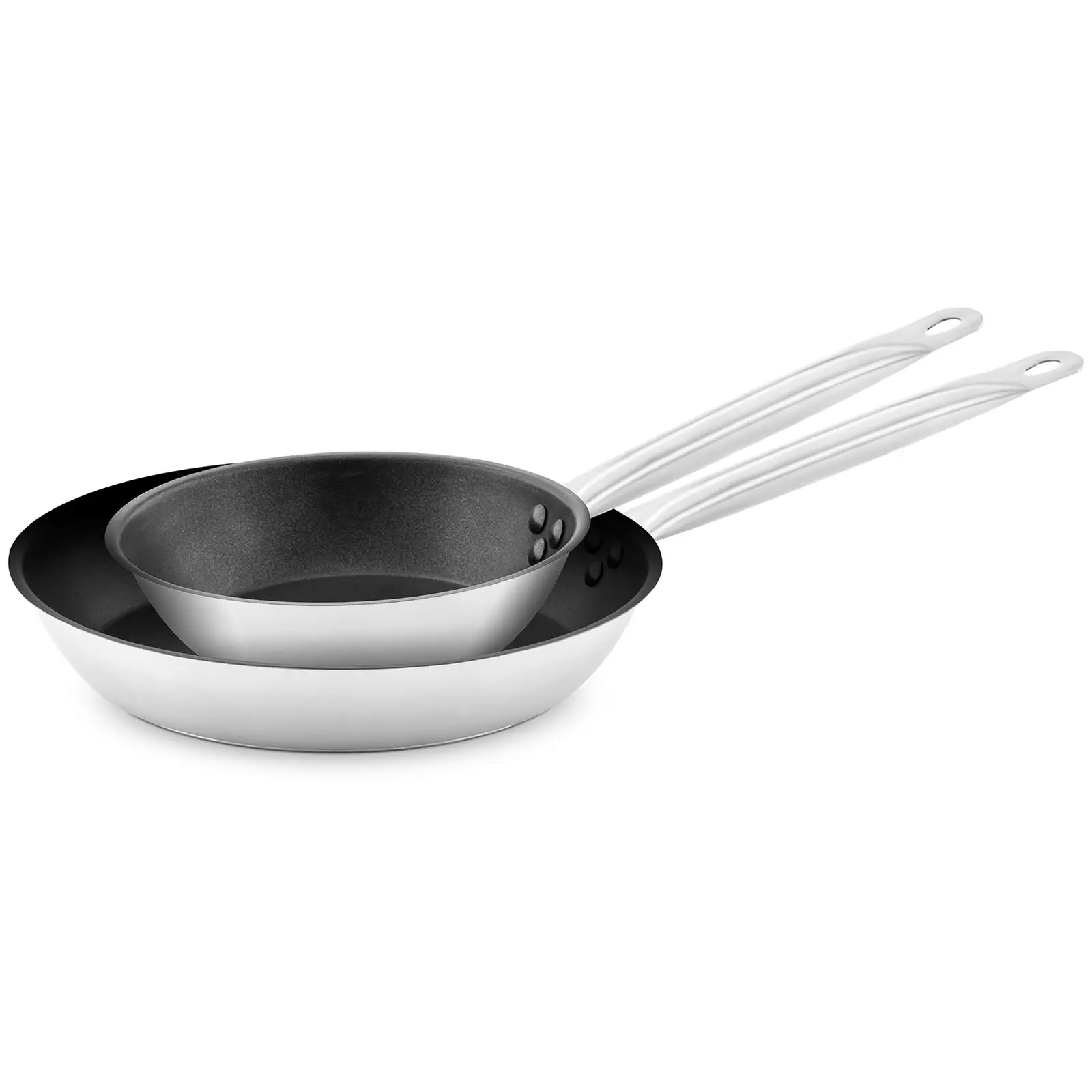

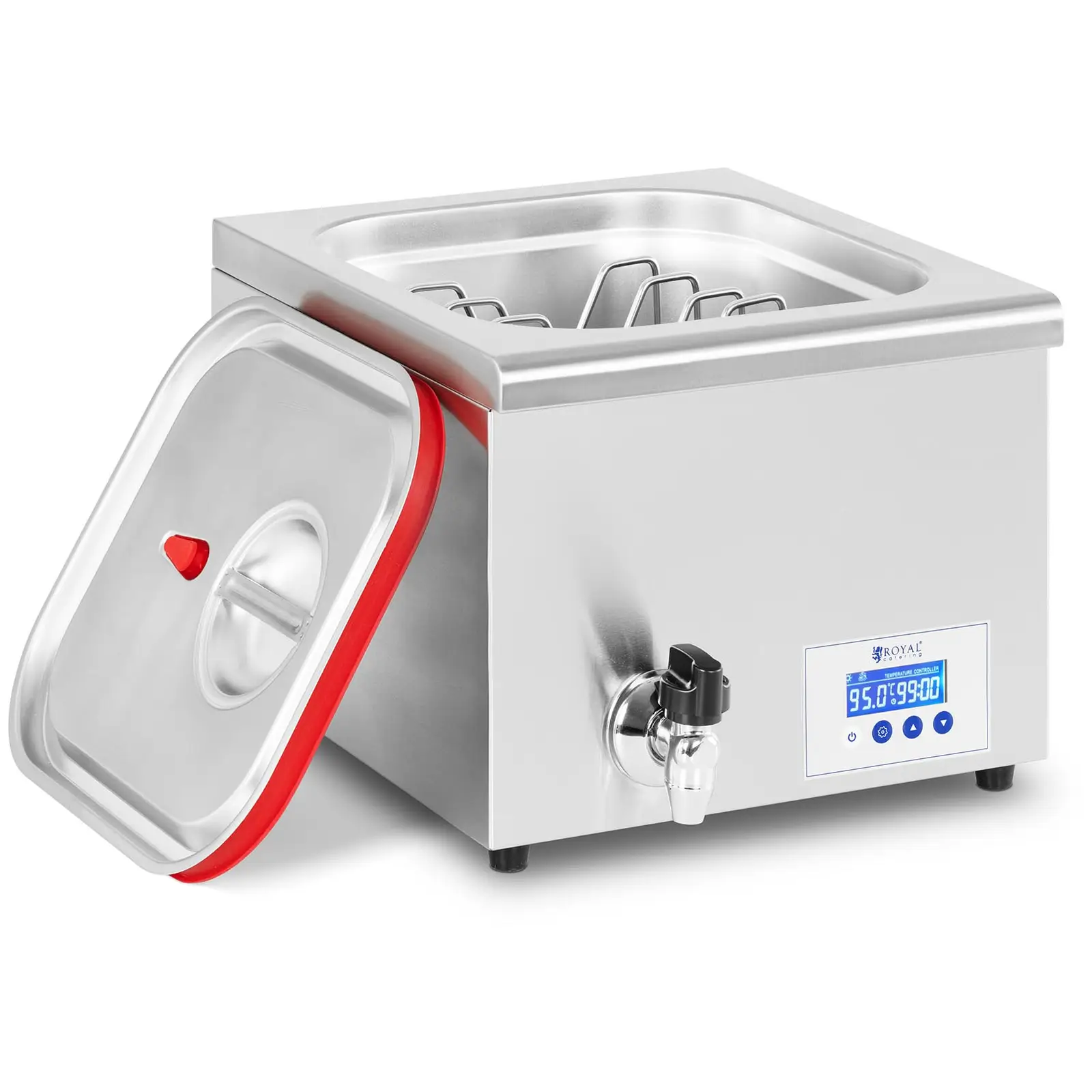







Share